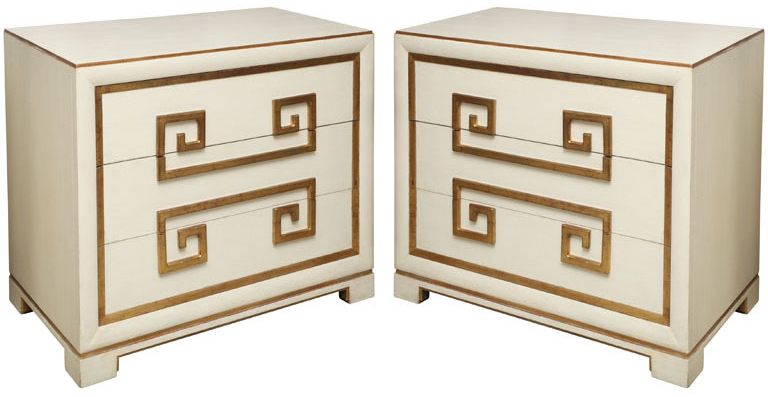What I Learned About Classical Greece
Greece was where western ideas and culture (like democracy) began. Each government wanted to be independent which led to competition among communities. Greece had hot summers and bitter winters. It is also home to the historically famous and important Parthenon. Average Greek buildings were built with mud bricks and were plastered and painted later. The house was oriented around a courtyard in the middle. One of the rooms usually contained a compluvium, which is an opening in the roof to let rain water in, and a cistern or impluvion, which is a sort of trough below the compluvium that collects the rain water. Motifs used in their decoration included: floral, marine life, egg and dart, and the Greek fret or key motif.
 |
| Egg and dart motif. |
 |
| Greek fret or key motif. |
The house was divided into different sections and a lot the time this was denoted by use of color. Colors they commonly used include: black, yellow, red, and white. They also used Trompe l’oeil techniques.
Greek Furniture was made of many things including leather and cords, copper, bronze, iron, marble, and also wood. Wood types included oak, maple, cedar, boxwood, olive, and beech. Higher class people would have furniture inlaid with gold, ivory, and various gems. While known for some of their more lavish furniture they also made a lot of useful furniture. They created a lot of storage pieces and items with more than one purpose or use. Their chair styles consisted of thrones, stools, and the klismos chair. The klismost chair was crafted out of wood and had splayed legs. It was created for women and is very graceful looking.
 |
| Klismos Chair |
Classic Orders of Architecture Video
This video taught me about the that their are 5 classical orders including: Ionic, Doric, Corinthian, Tuscan, and Composite. It mostly focuses on the first three that look like this:
The Doric order is the oldest and it believed to haven began in the 7th century on the Greek mainland. This order is known
for its entablature, near the top of the building, which includes the frieze. This part is decorated by
triglyphs and metopes. The triglyphs are the part of the pattern that is three
lines in a row and in between each on is a space which are called metopes.
Doric columns have a capital on top which is flared with a
slab on top. Also the shaft of the columns are fluted and the columns have no
base. You can see all of this in the earlier photo I posted of a Doric column. These columns also use entasis which means they are wide at the bottom and get smaller up near the top.
The Ionic order seems more delicate and feminine that the
Doric. The distinguishing feature is the volutes which are the spiral designs
you can see at the top of the columns. Another important difference is that the
Ionic columns have a base.They are also slightly taller than Doric columns.
The Corinthian order is the most decorative of the three orders. These are the tallest columns of all three and have bases as well. The distinguishing
feature for this one is the leaf design found on the capital, or top, of the
column. There is a myth on the origin of the leaf design that says
that there was a girl who died and a basket of her possessions were put on her
grave. An acanthus plant grew up from underneath it and since the basket was in
the way it grew around it. Whether this is true or not, you can definitely see
this story being the inspiration for the design.
My favorites from this section include the Klismos chair that I had a picture of up above and the Parthenon. I just love how graceful the design of the chair is and the Parthenon is such a magnificent building. I just can't believe something like that was built by hand. I also had a chance two summers ago to visit the full scale replica in Nashville, Tennesse, so even though I haven't seen the actual Parthenon I've come pretty close.
 | |
| Acanthus Plant |
 |
| Corinthian Post |
My Favorites
My favorites from this section include the Klismos chair that I had a picture of up above and the Parthenon. I just love how graceful the design of the chair is and the Parthenon is such a magnificent building. I just can't believe something like that was built by hand. I also had a chance two summers ago to visit the full scale replica in Nashville, Tennesse, so even though I haven't seen the actual Parthenon I've come pretty close.
 | |||||
| Parthenon Replica in Nashville, Tennessee |
 |
| Me at the Parthenon Replica in Tennessee. |
Current Applications in Design
 |
| Greek design inspired cabinets with key motif. |
 |
| Greek inspired table using key motif. |
 |
| Modern day version of Klismos chair. |










